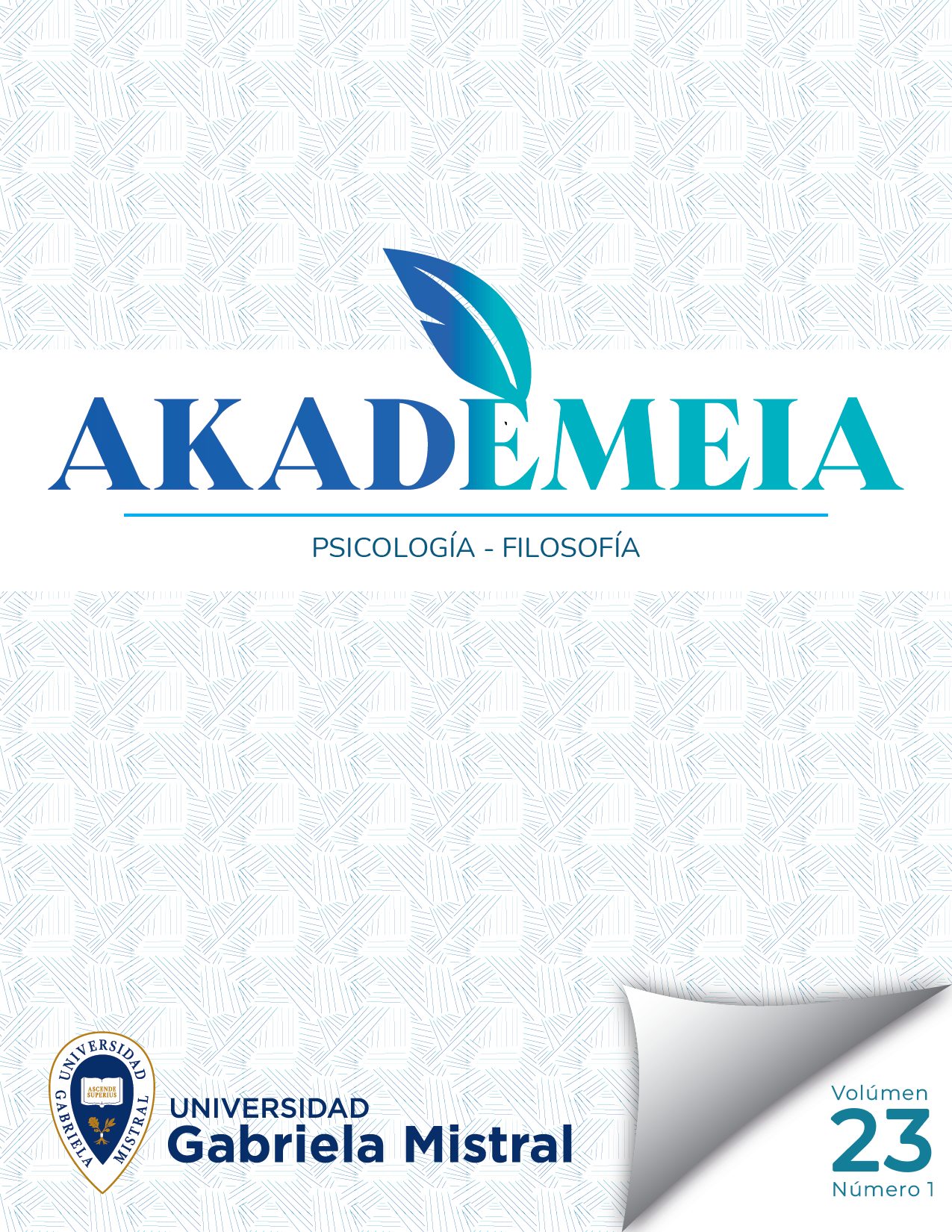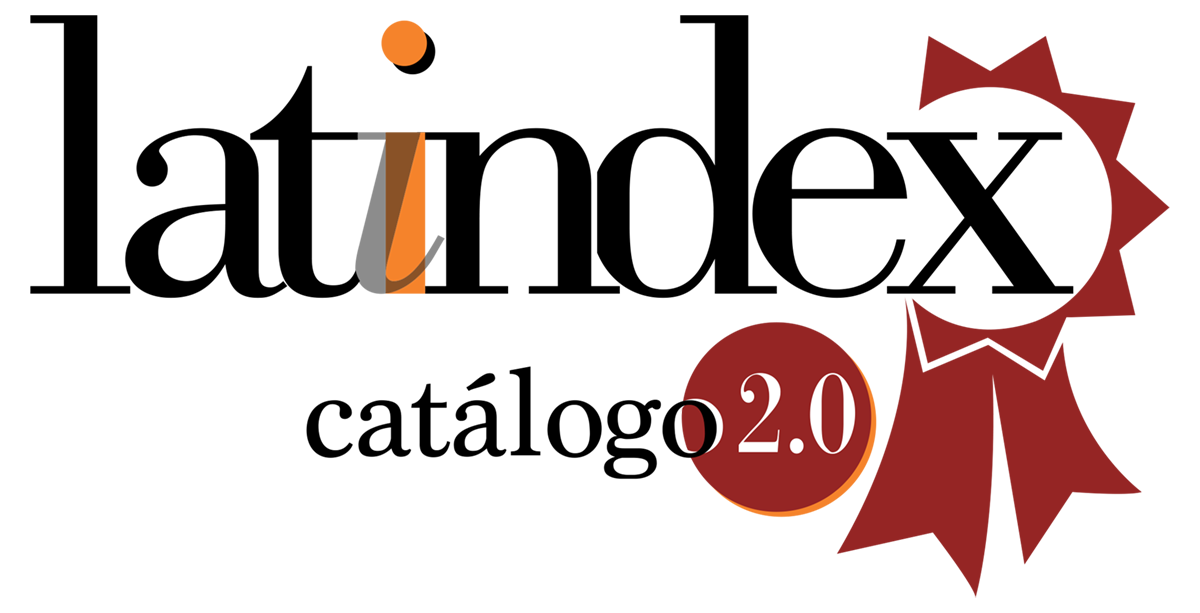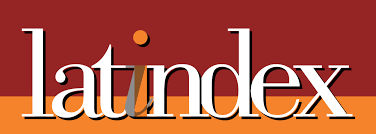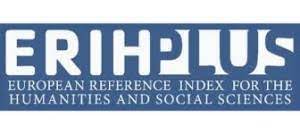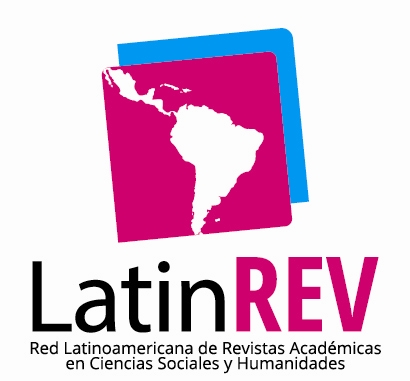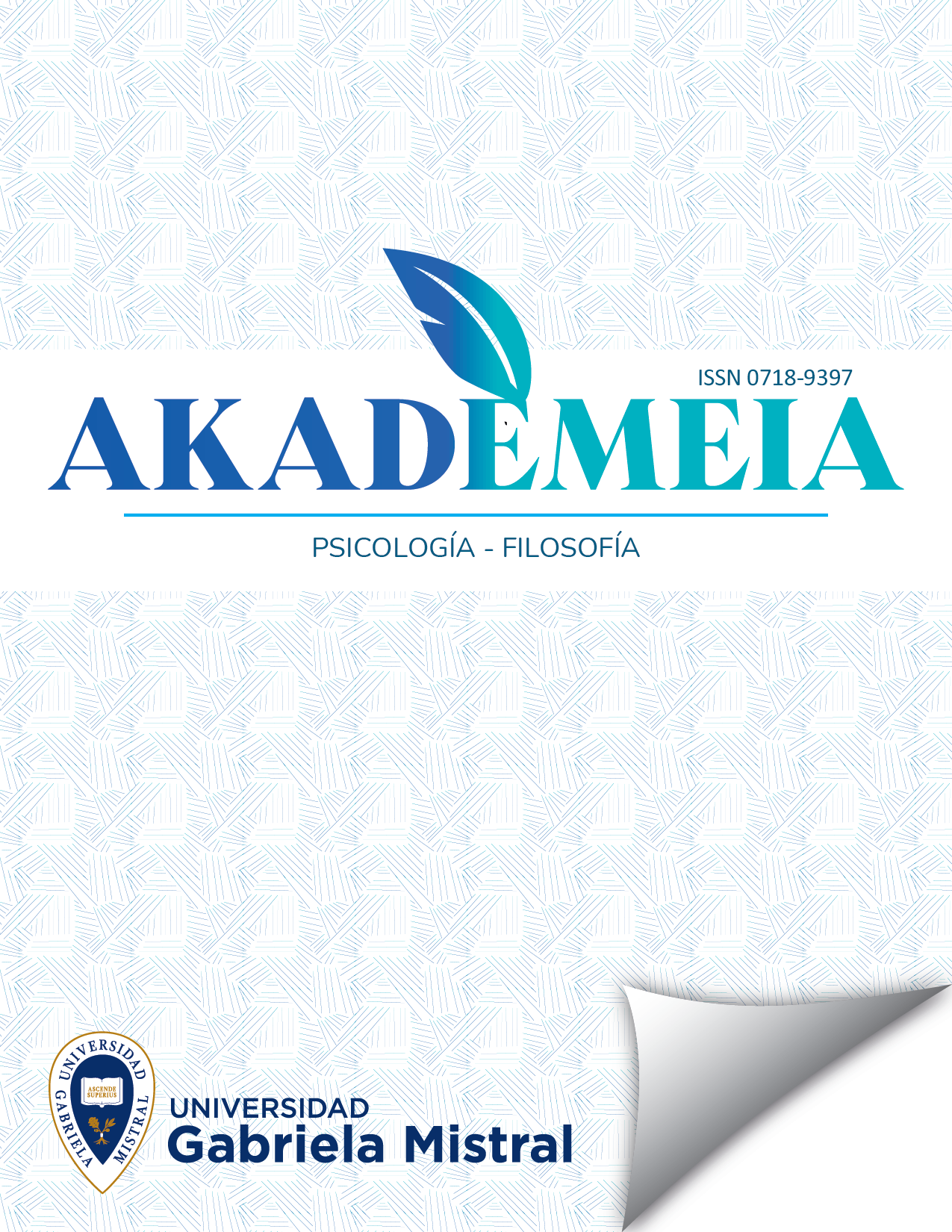Histories naturales; rationality corpus to figure America nature’s as a political image Kurt Matías Petautschnig Arancibia1
DOI:
https://doi.org/10.61144/0718-9397.2024.540Abstract
Nature represents a foundational milestone in the figuration, presentation, and representation of America. Throughout the conquest process, conquerors faced difficulties attempting to identify, describe and narrate what they had discovered, which translated into a lasting devaluation of the vegetation, fauna and inhabitants of the new world. In time, this matter became a place of material and symbolic struggle among the criollos, in particular through the Historias Naturales produced by the expelled Jesuits Juan Ignacio Molina y Francisco Javier Clavigero. Both works are central to convey the political use of nature in the figuration of America. The initial emancipatory gesture exhibited by these works validated nature as it faced attacks from Cornelius de Pauw, William Robertson and Hegel; these works also reveal a radical impulse in confronting Linneos’s taxonomic system as a proof of intellectual autonomy. The article presents the conceptual triad nature, politics and image in order to establish coordinates from which to trace the genealogical relevance of the imaginary character of nature for the later establishment of states and national narrations.
How to Cite
License
Copyright (c) 2024 Kurt Petautschnig

This work is licensed under a Creative Commons Attribution-NonCommercial-NoDerivatives 4.0 International License.
Los autores/as conservarán sus derechos de autor y garantizarán a la revista el derecho de primera publicación de su obra, el cual estará simultáneamente sujeto a la Licencia de reconocimiento de Creative Commons (CC BY-NC-ND) 4.0 que permite a terceros compartir la obra siempre que se indique su autor y se comparta el documento, en formato pdf y con la paginación del número original, a través del que este ha sido publicado por la revista. Siguiendo las definiciones establecidas por la licencia (ver: https://creativecommons.org/licenses/by-nc-nd/4.0/deed.es) los números de la revistas seguirán los siguientes términos:
-
Atribución — Usted debe dar crédito de manera adecuada, brindar un enlace a la licencia, e indicar si se han realizado cambios. Puede hacerlo en cualquier forma razonable, pero no de forma tal que sugiera que usted o su uso tienen el apoyo de la licenciante.
-
No Comercial — Usted no puede hacer uso del material con propósitos comerciales.
-
Sin Derivadas — Si remezcla, transforma o crea a partir del material, no podrá distribuir el material modificado.
- No hay restricciones adicionales — No puede aplicar términos legales ni medidas tecnológicas que restrinjan legalmente a otras a hacer cualquier uso permitido por la licencia.

